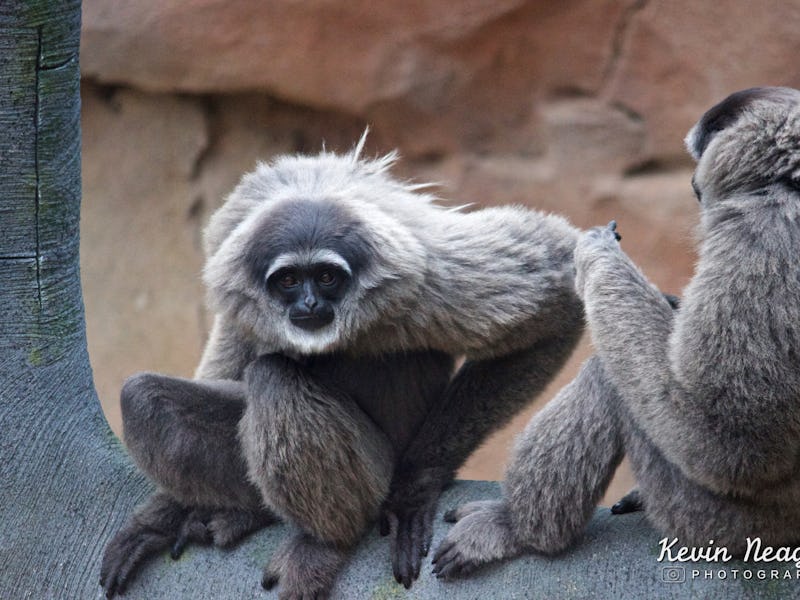Archaeologists Find a New Species of Extinct Ape in an Ancient Chinese Tomb
This gibbon belonged to a whole extinct genus.

When archaeologists excavating an ancient Chinese tomb found a skull and jaw with long, curving teeth, they knew it didn’t belong to a human. This alone wasn’t a surprise, as the regal tomb held a whole menagerie of non-human animals, including the remains of leopards, lynx, black bears, and cranes, just to name a few. But that one set of remains sparked the most curiosity because while they appeared to belong to a gibbon — a type of ape — researchers didn’t recognize them as belonging to any known species. Now they think they know what it was and why it was there.
In a paper published Thursday in the journal Science, a team of researchers describes the discovery of a species of gibbon that had never been identified by modern scientists. The gibbon is a member of the now-extinct genus and species that the study’s authors named Junzi imperialis. They suspect that the tomb in which it was discovered by another team back in 2004 belongs to Lady Xia, the grandmother of Qin Shuhuang, the first emperor of China who ruled from 259 to 210 BCE.
Archaeologists discovered this skull in a 2,300-year-old Chinese tomb in 2004, but only recently identified it as an extinct species of gibbon that had never been observed by modern scientists.
“For a long time, I’ve been aware that gibbons are known from historical records across a large area of China,” Samuel Turvey, a senior research fellow at the Zoological Society of London and the first author on the new paper, tells The Atlantic. “But no one knew what species these extinct populations belonged to.”
The paper’s authors note that gibbons, due to their high-class looks and demeanor, were considered desirable pets by Chinese nobility, hence J. imperialis’s presence in a tomb, as well as its name: “Junzi” was a Chinese term for scholar-officials.
“We know that gibbons commanded high cultural value due to the considerable amounts of chi (energy) that they channeled — hence why we see gibbons appearing in poems, stories, and artworks throughout many Chinese historical periods,” Helen Chatterjee, a primatologist at University College London and one of the co-authors on the study, tells Gizmodo. Unfortunately, the range of gibbons has shrunk considerably over time, so while gibbons may occupy ancient Chinese art, you’re a lot less likely to see them in modern-day forests.
But the fact that Turvey found this one by chance, combing through the archives of the Shaanxi Provincial Institute of Archaeology, suggests that there could be more species — or even genera — of undiscovered gibbons out there. So even if we might not find new gibbons out in the wild, and could soon see fewer and fewer as their habitats shrink due to deforestation, we may yet find new species by looking back in human history. That’s little comfort for the gibbons, though.